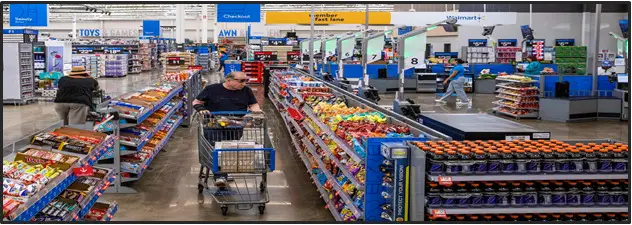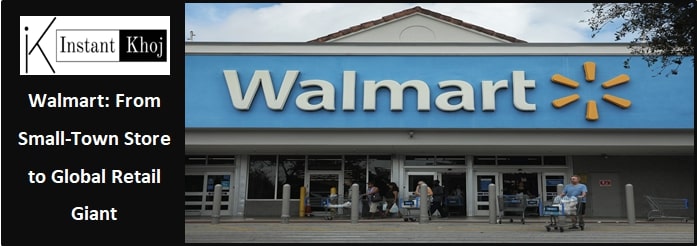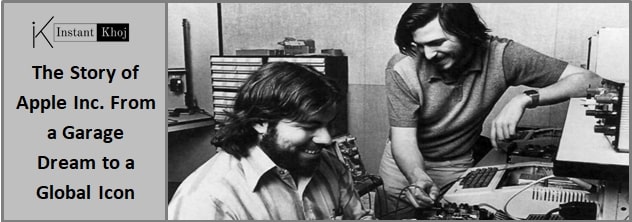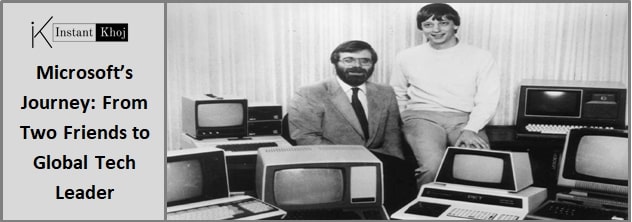Walmart is a name known in almost every household — a place where you can grab groceries, electronics, clothing, and almost anything else under one roof. But the journey of how it became the largest retailer in the world is not just about profits or expansion. It’s a story built on simplicity, community focus, and one man’s belief that everyone deserves access to affordable products.
Where It All Began: A Modest Start in Arkansas
The story begins in 1962 in the small town of Rogers, Arkansas, where Sam Walton opened the first Walmart store. There wasn’t a flashy launch or nationwide advertising. Instead, the mission was simple and powerful:
“Provide low prices every day to help working families stretch their dollars.”
Sam wasn’t aiming to build a global empire. He was focused on helping regular people. He stocked shelves himself, spoke directly with customers, and worked closely with suppliers to avoid unnecessary expenses. His commitment was to value — in both pricing and relationships.

The Early Expansion: Thinking Small to Grow Big
Walmart’s growth in the 1970s was impressive. After going public in 1970, the company used the investment to expand into other towns and states.
While many competitors chased big city markets, Walton had a different idea — serve small communities that often lacked access to affordable retail. With an efficient distribution model and a keen eye on controlling costs, Walmart stores started appearing across the South and Midwest.
Even early on, Walmart embraced technology — using barcodes and computer tracking to streamline inventory and keep prices low.
Building a Strong Team Culture
One of the biggest reasons for Walmart’s success was how it treated its employees. Sam Walton referred to them as “associates,” not workers or staff. He believed every person in the company had a valuable role to play.
He visited stores regularly, listened to employee feedback, and encouraged a sense of teamwork and ownership. This culture helped Walmart build a loyal workforce and maintain a strong internal community even as the company expanded.
The Supercenter Revolution
In 1988, Walmart introduced a game-changing concept: the Supercenter — a massive store that combined groceries and general merchandise under one roof.
It completely changed the way people shopped. Customers could now buy everything they needed in a single trip. This innovation helped Walmart become a staple in the daily lives of millions of Americans.
By the early 1990s, Walmart was no longer just a growing company — it had become a national retail powerhouse.
Going Global: Successes, Challenges, and Learning Curves
With success in the U.S., Walmart turned its eyes toward the international market. The company expanded into countries like Mexico, China, and the United Kingdom.
Some markets welcomed Walmart with open arms, while others presented cultural and business challenges. Despite some missteps, the effort to go global marked a significant chapter in Walmart’s story.
At the same time, e-commerce began to change the retail landscape. While Walmart launched its own website in 2000, online-native competitors like Amazon started capturing market share rapidly.
Reinventing for the Digital Age
The 2010s were a time of reinvention for Walmart. Under Doug McMillon, who became CEO in 2014, the company made big moves in the tech space.
Walmart:
-
Acquired Jet.com to compete online
-
Improved its website and mobile app
-
Introduced online grocery pickup and home delivery
-
Tested smaller, urban-format stores
The goal was to modernize Walmart without losing its identity as a place for everyday savings.

Walmart’s Role During the COVID-19 Pandemic
When the COVID-19 pandemic hit in 2020, Walmart proved just how essential it was to American communities.
The company:
-
Hired hundreds of thousands of new employees
-
Quickly expanded curbside pickup and contactless delivery
-
Invested in health and safety measures for staff and customers
-
Used automation and AI to improve operations during the crisis
Walmart’s ability to adapt and respond helped millions of families get the essentials they needed during an uncertain time.
What Walmart Looks Like Today
Today, Walmart is more than just a store. It’s involved in:
-
Healthcare services
-
Financial tools like Walmart Pay and money transfers
-
Technology investments in automation and logistics
-
Sustainability initiatives aimed at reducing environmental impact
Yet through all this evolution, the company’s core mission hasn’t changed:
“Save people money so they can live better.”
Final Thoughts: A Legacy of Affordability and Impact
Walmart’s rise from a single discount store to a global retail leader is not just a business story — it’s a reflection of what happens when you put people first.
Sam Walton’s belief in low prices, community service, and respect for employees laid the foundation for a company that continues to serve millions of people every day, even decades after it began.
As the retail world continues to change, one thing remains constant: Walmart’s commitment to making life a little easier for the everyday shopper.





One thought on “Walmart: From Small-Town Store to Global Retail Giant”